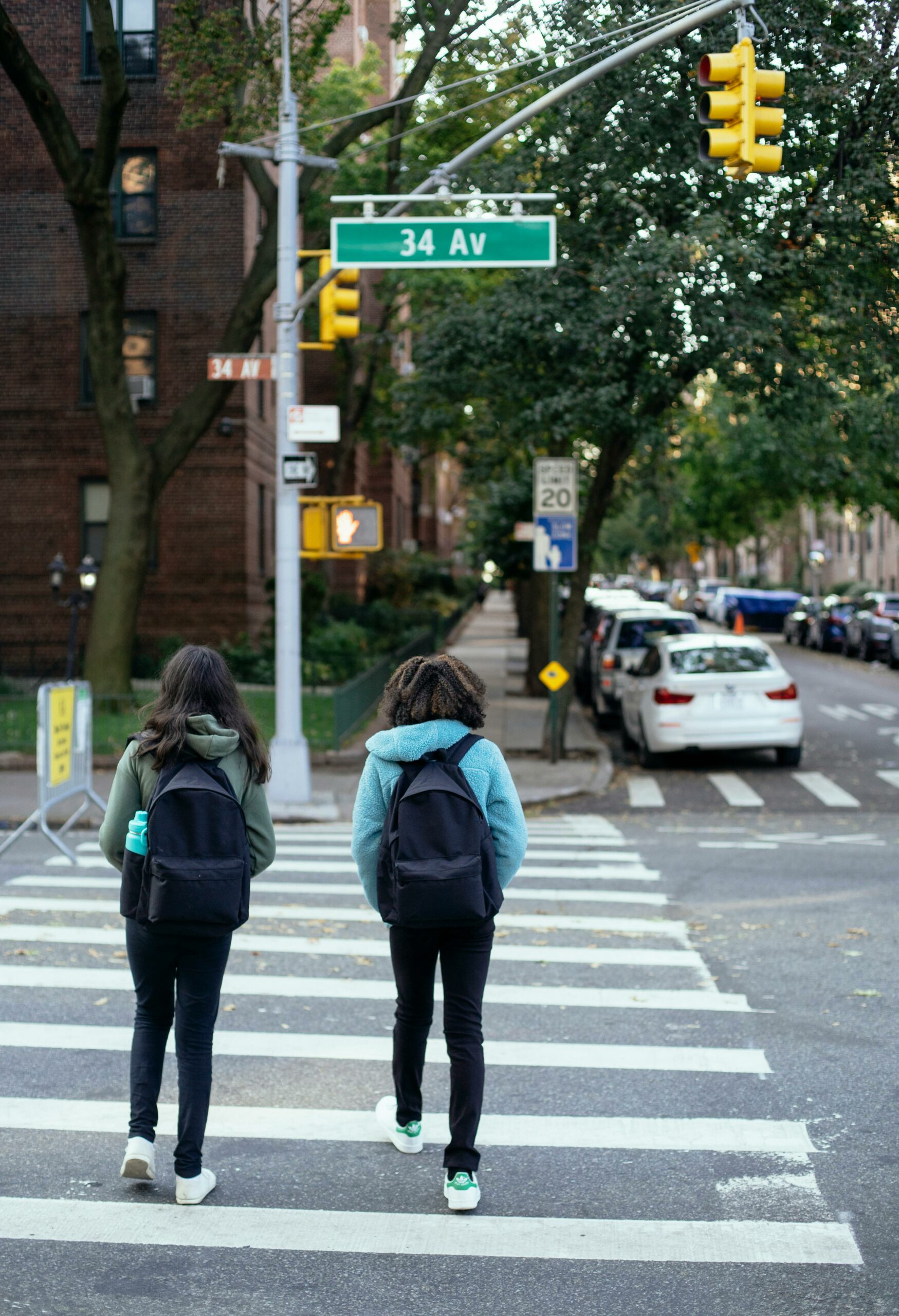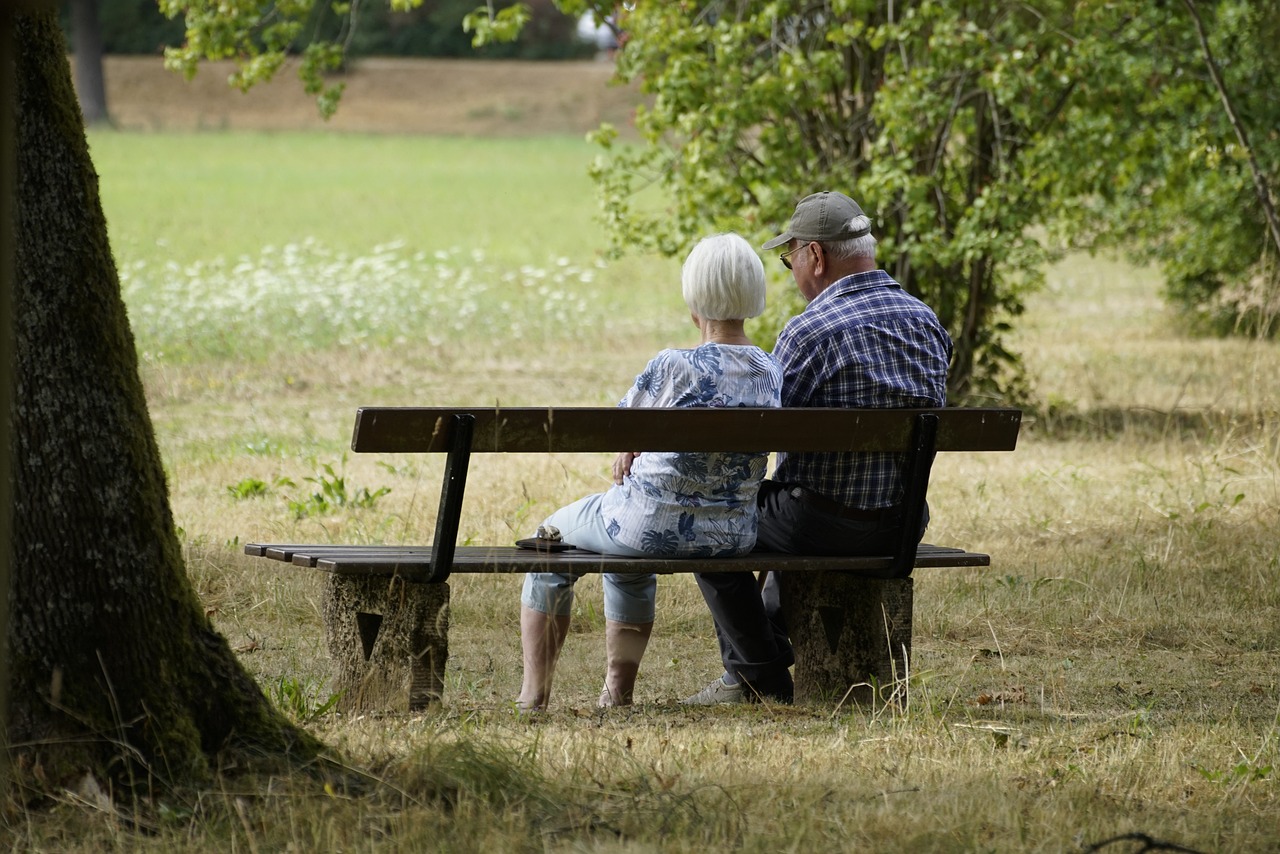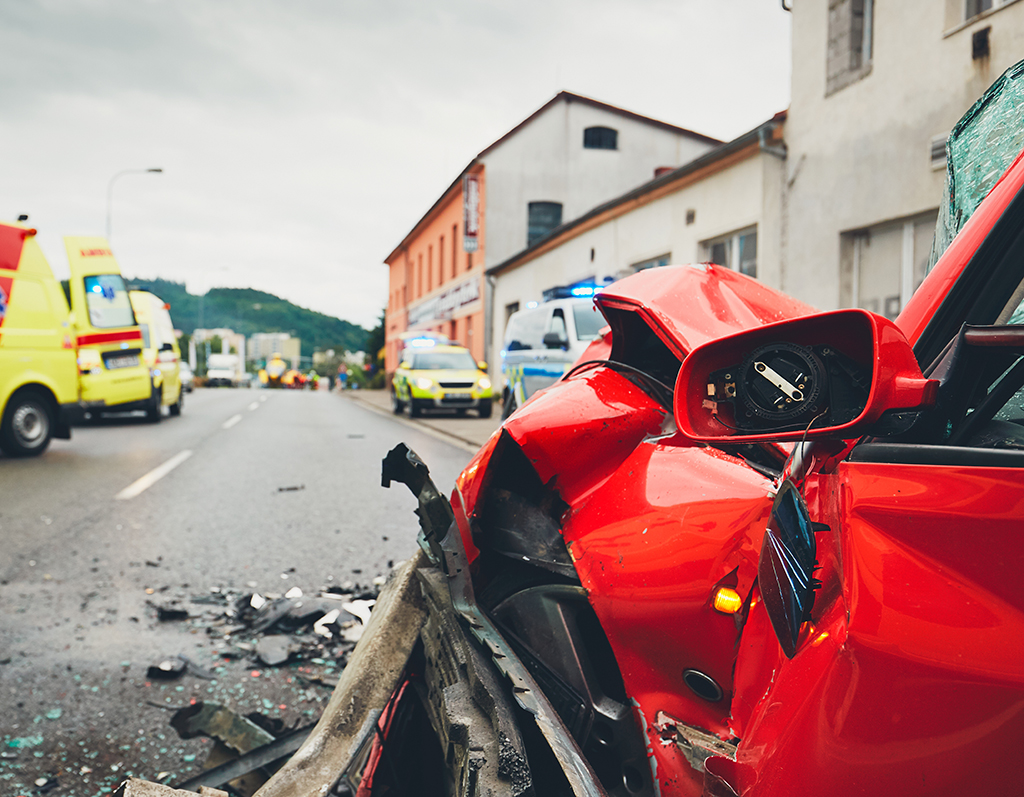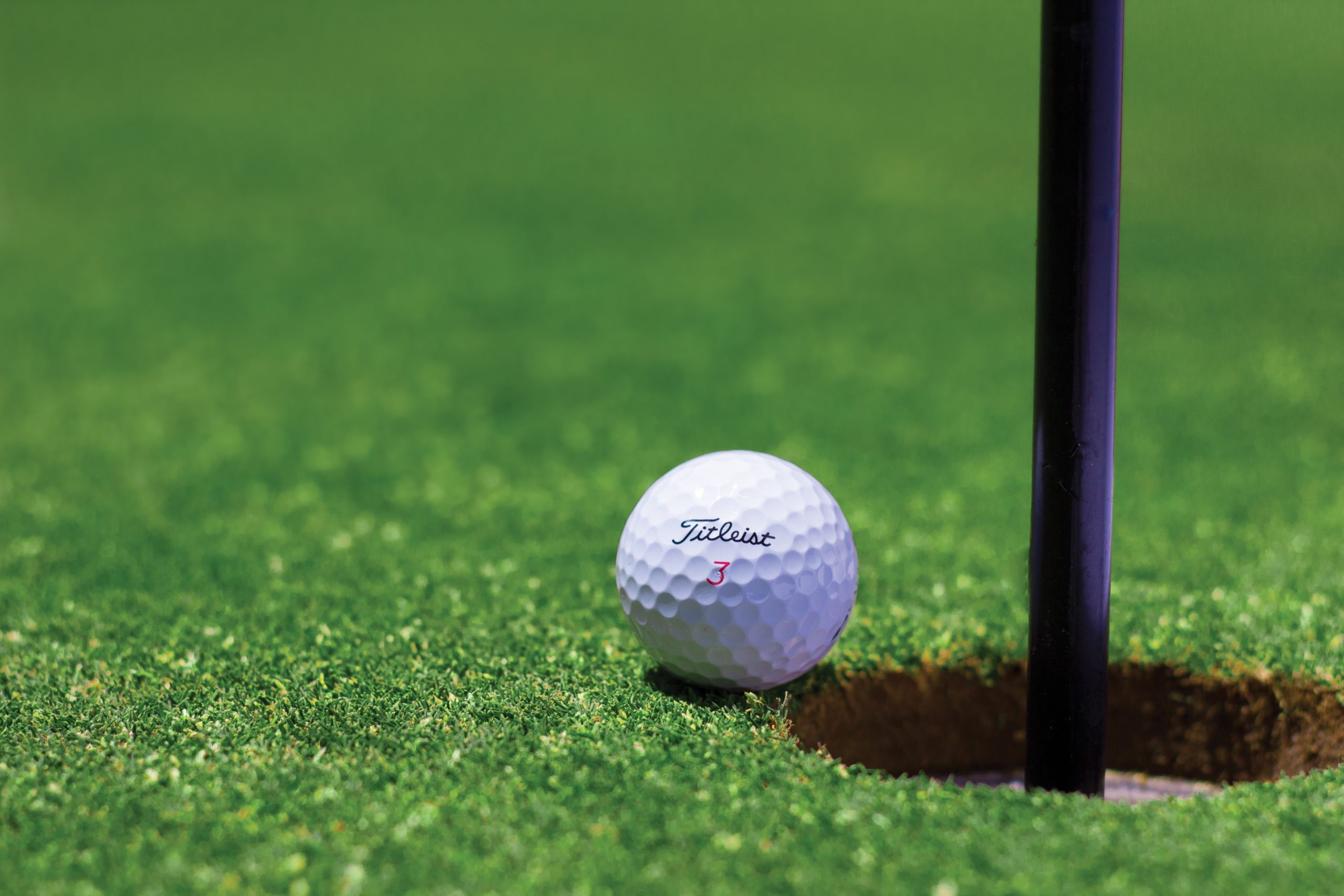When buying lights or decorations, look for products approved by reputable safety organizations like UL (Underwriters Laboratories), CSA (Canadian Standards Association), or ETL (Electrical Testing Laboratories). These certifications mean the products have passed safety tests, making them less likely to malfunction.
- Why it matters: Decorations without proper testing can have wiring issues, potentially leading to sparks, short circuits, or fires.
Before decorating, take time to check every cord and string of lights for signs of wear and tear. Look for frays, cracks, loose connections, or exposed wires.
- Replace damaged items: If you find worn or damaged lights, it’s safer to replace them than risk a fire.
- Check older decorations carefully: Lights and cords that have been stored for years are more prone to damage, so inspect them extra thoroughly.
Overloaded outlets are a common cause of fires. Here’s how to keep them safe:
- Use Power Strips with Circuit Protection: Instead of plugging too many lights into one outlet, use a power strip with built-in circuit protection. This prevents overheating and reduces the risk of tripping a circuit.
- Limit Daisy-Chaining: Avoid connecting multiple light strings end-to-end beyond the manufacturer’s recommendation, usually no more than 3-4 strings, as overloading can lead to overheating.
Make sure you’re using the correct type of lights and decorations for indoor and outdoor spaces.
- Look for Outdoor Ratings: Only use decorations marked as safe for outdoor use outside your home. These products are designed to handle weather conditions like rain, snow, and cold.
- Use Outdoor-Grade Extension Cords: If you need an extension cord outside, ensure it’s rated for outdoor use. Indoor cords can’t handle moisture or temperature fluctuations.
Keep cables and extension cords out of high-traffic areas to prevent tripping and accidental damage to the cords.
- Avoid Running Cords Under Rugs: Cords under rugs or mats can overheat, creating a fire risk. Use cord covers instead if they need to go across walkways.
- Secure Cords Properly: Tape or clips can help secure cords along walls or edges, avoiding any pinching or bending that could damage insulation.
An easy but essential way to stay safe is to turn off all holiday lights when they’re not needed.
- Turn Off Before Bed or Leaving Home: Unplug or switch off all lights before bed or leaving the house to reduce the risk of electrical fires from overheating.
- Consider a Timer: Using a timer can automate when lights turn on and off, so you don’t have to remember. This is especially useful for outdoor lights.
Outdoor outlets need extra protection to handle the winter weather.
- Use GFCI Outlets Outside: Ground Fault Circuit Interrupter (GFCI) outlets are designed to cut power if moisture is detected, preventing electrical shocks and reducing fire risk.
- Cover Outdoor Plugs: Use waterproof covers to protect outdoor plugs and connections from rain or snow.
Preparation is key in case of an emergency.
- Keep a Fire Extinguisher Nearby: Make sure you have a fire extinguisher rated for electrical fires in an accessible area, especially near decorated spaces.
- Test Smoke Detectors: Ensure all smoke detectors are functional and have fresh batteries. Test them monthly to confirm they’ll alert you if an issue arises.
As you prepare for the upcoming holiday season, remember that a few simple safety steps can make all the difference. By following these electrical safety tips, you’ll enjoy a festive, worry-free holiday with your loved ones.










